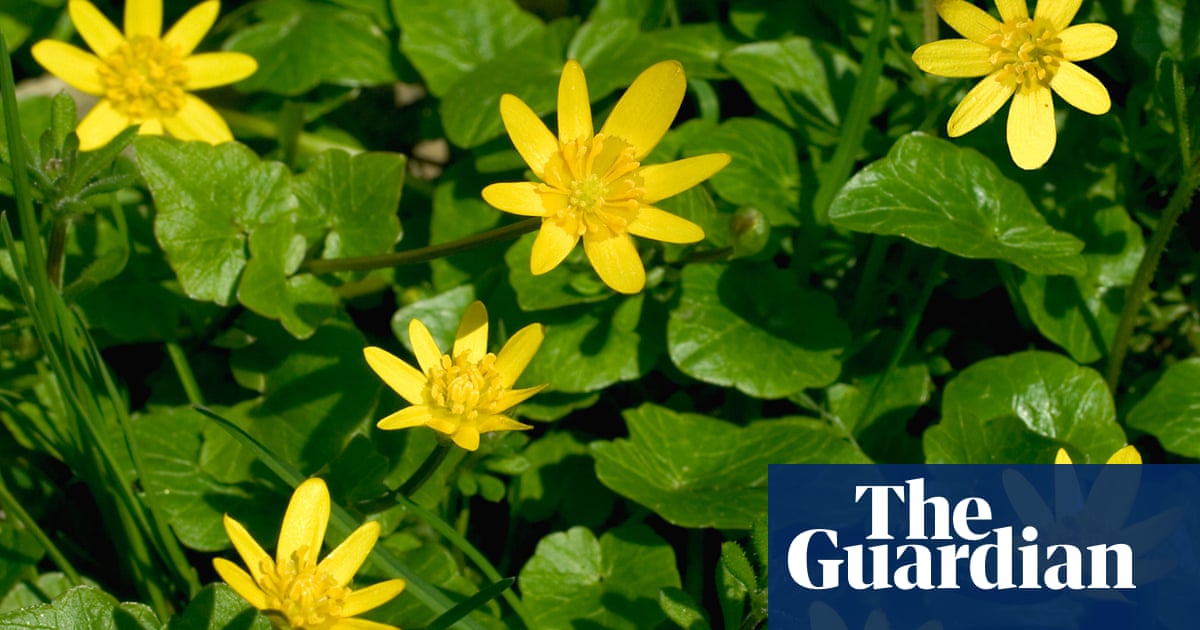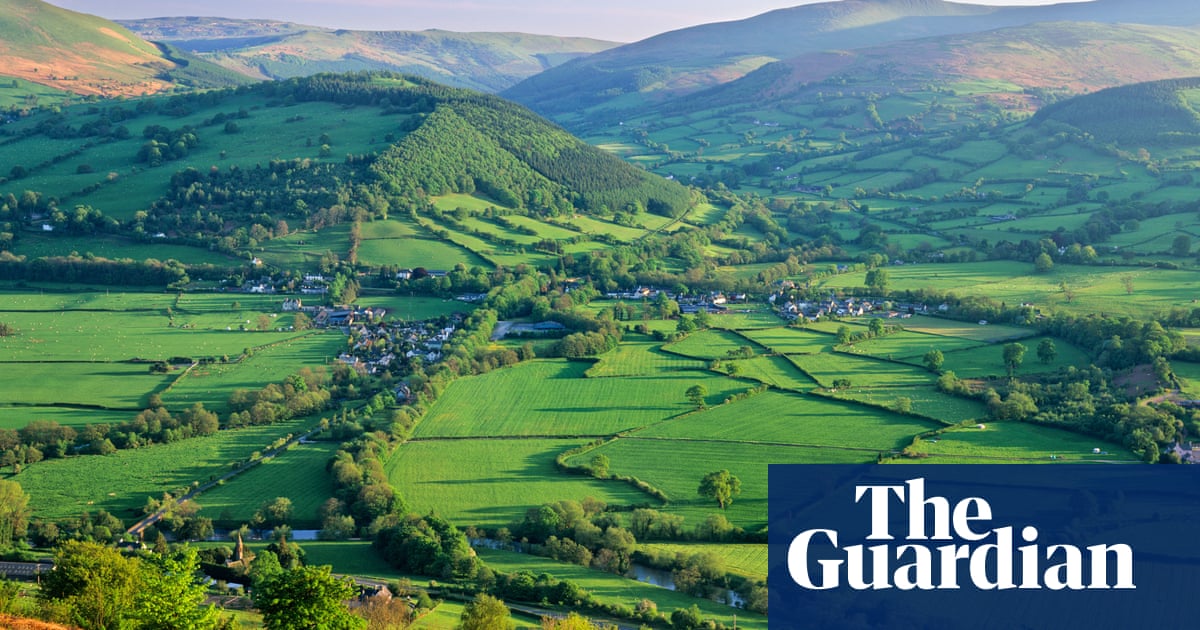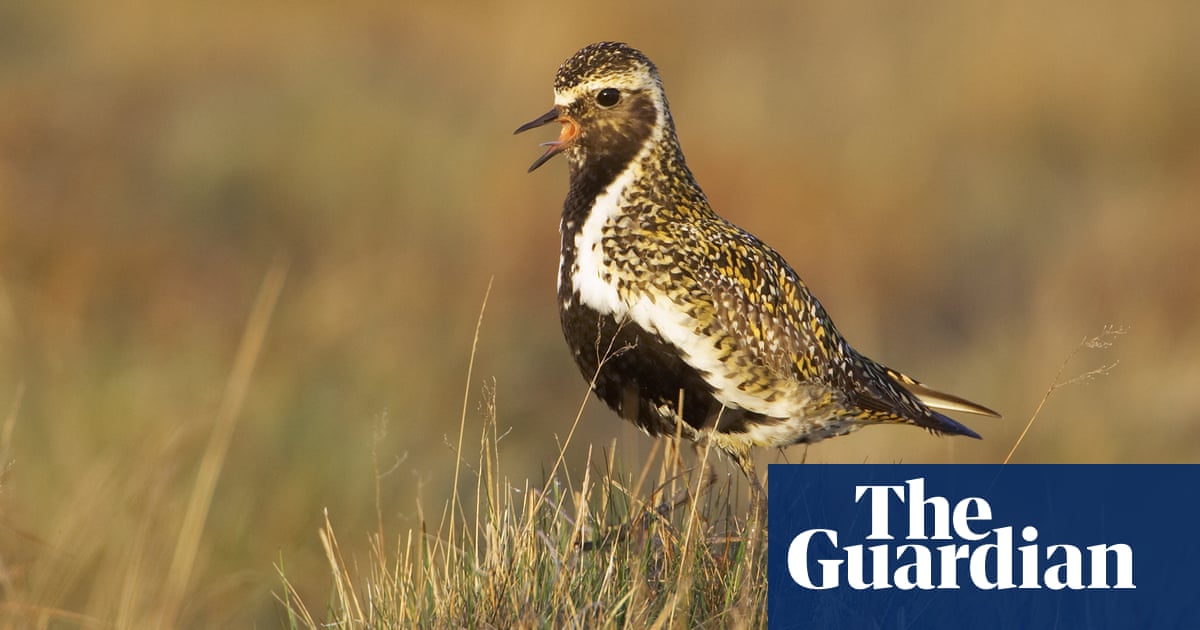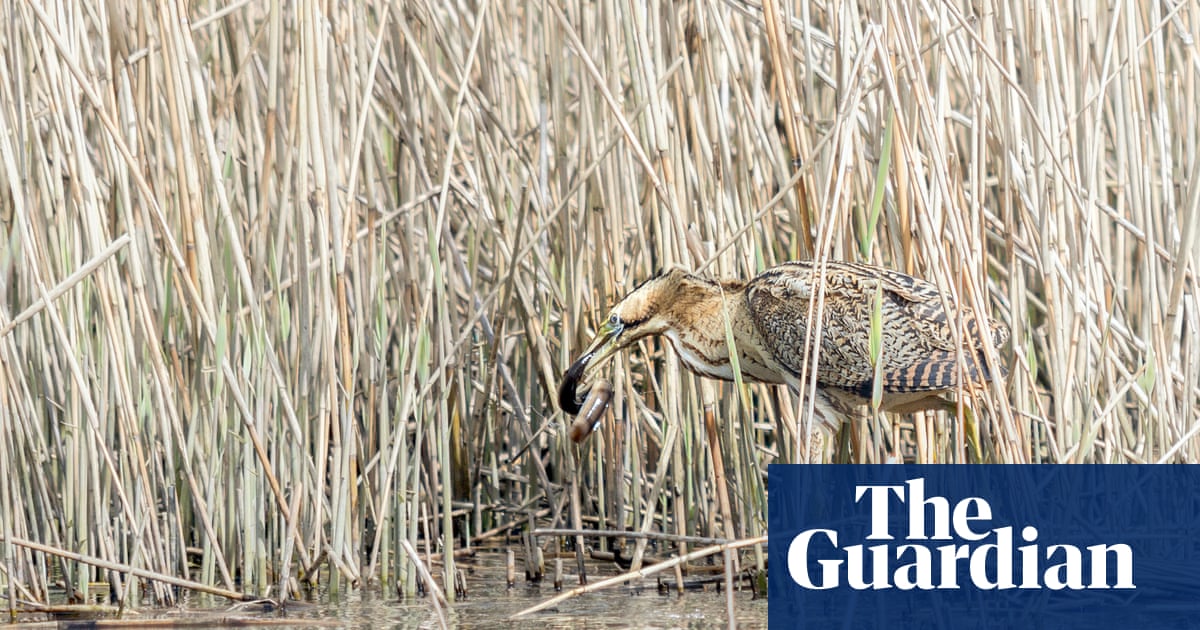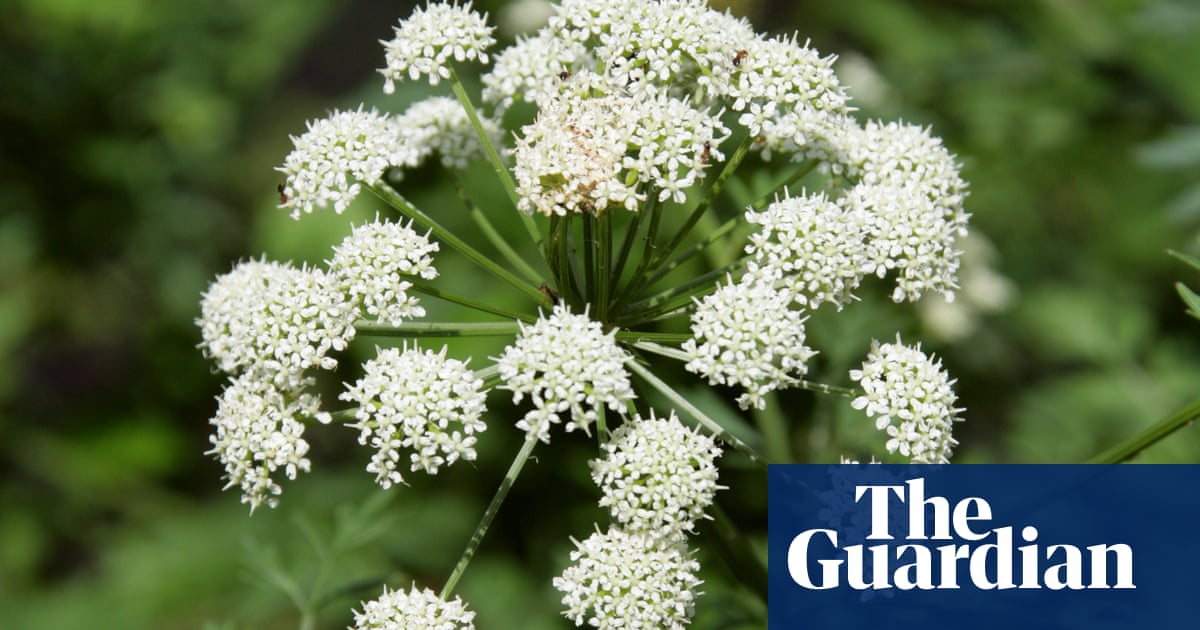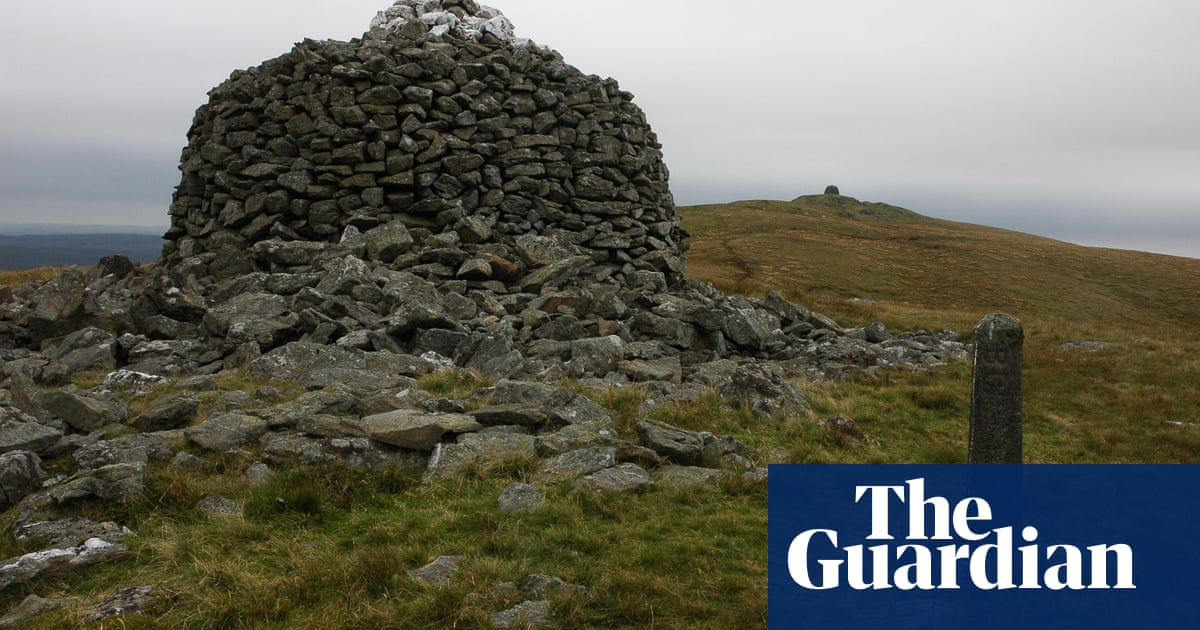
The very big and the very small? My neck aches as I crane upwards to view a mighty Douglas fir by the path to the Water-break-its-neck waterfall. Meanwhile, small birds whirr continually across my peripheral vision. The air is filled with wheezy calls: tsee-tsee, tsee-tsee. In dull late-autumn light their crests gleam brightly – a dynasty of goldcrests.
The golden-crested wren, king of the birds, the smallest European bird – is one of the few blessings that this conifer plantation has brought to these relatively unspoiled hills of Radnorshire. Sixty years ago, goldcrests bred here only in scattered pairs. Now, particularly in the Douglas firs on the southern flanks of Radnor Forest, but also in places like the stand of Scots pine by the pool on The Begwns above Painscastle, they’ve become numerous and characteristic. Semi-migratory, their hill population is augmented by winter visitors from the continent, and depleted by partial relocation to lower-lying regions.
“Dynasty” is the correct collective noun for these diminutive gems. A fable explains that a goldcrest challenged an eagle: who could fly highest? The eagle climbed and soared till exhausted with the effort. A tiny stowaway trickster emerged from between his wings, then flew higher still to receive the golden crown and title of Regulus regulus – king of birds.
If the goldcrest is king of birds, the Douglas fir is surely king among trees. A species originally imported from America’s Pacific north-west, they can attain heights of 400 feet. These nonagenarian juveniles on the flanks of Radnor Forest have some way to go before reaching those heights, but already they’re impressive at well over 100 feet. Their timber is straight-grained and strong, much in demand for roof trusses and the like.
As for Radnor Forest, it is one in the archaic sense of a hunting preserve. This conifer plantation apart, you’ll find few trees here, only a fine, high moorland plateau of peat groughs and heather, more akin to Kinder Scout than to the natural habitat of Robin Hood. Currently there are plans to site huge wind turbines here that would dwarf even the tallest Douglas firs. I hope a more suitable brownfield site can be found for them. British wild land is precious, and grows ever more rare.




